Pejoratively described as “brown furniture”, many of the fine, handcrafted sideboards, diningroom tables, chairs and other large mahogany furniture made during the Georgian era (1714 to circa 1830) have become very unfashionable in the last few decades. But, antique dealers are adamant that the style will have a comeback, and discerning buyers now have an opportunity to buy original Georgian furniture for a fraction of what it would have cost even 25 years ago.
“I personally hate the term ‘brown furniture’ as it sounds dismissive and takes away from the fact that these items are of top quality, using fantastic materials and were produced by master craftsmen,” says Sarah Usher, who works for Straffan Antiques. The Co Kildare antique dealer has recently opened a new antiques shop at 58 Francis Street, Dublin 8, specialising in 18th- and 19th-century Irish, English and Continental furniture.
“In the past two decades, brown furniture has evolved in the public mind as a term that conflates lowly second-hand furniture, with historic pieces and everything in between,” says Philip Sheppard, from Sheppard’s auction house in Durrow, Co Laois.
Sheppard reminds us that mahogany was once considered “the wood of kings” and led to the golden era of Irish furniture-making. Due to increased trade and economic development, this era brought considerable wealth to the aristocratic and merchant classes who lived in the elegant Georgian terraces of houses in towns and cities and country houses in the 1700s, where this furniture fitted perfectly.
However, there is a certain view now that large pieces of Georgian furniture can be mixed with contemporary furniture from both the 20th and early 21st century. “Certain styles, particularly Georgian pieces from the turn of the 19th century, are timeless and can mix very well with modern furniture and interiors,” says Usher, referring specifically to chests of drawers, tables, bedside lockers and chairs.
Mahogany, walnut and rosewood were the preferred wood for such furniture, which was often adorned with satinwood veneers. And, while the designs of London cabinet-maker Thomas Chippendale (1718-1779), were so influential as to become shorthand for describing much furniture from the era, Irish 18th-century cabinetmakers such as William Moore also made their mark.
Experts in Irish Georgian furniture point to the characteristic cabriole-style (curved) legs and ball and claw feet of chairs, side tables and cabinets and preponderance of carvings of baskets of flowers and scallop shells as significant features of the era. And while Chippendale, George Hepplewhite (1727-1786) and Thomas Sheraton (1751-1806) were the big names in English Georgian furniture, Robin O’Donnell, who runs the Hibernian Antique Fairs in various venues across Ireland, believes that Irish-made furniture from the Georgian period is now more sought-after than English-made pieces of the same era.
“This is due to their rarity and the quality of the craftsmanship,” says O’Donnell, adding that many of these pieces may see their value rise substantially in the next 10 years. Novice buyers should note that there was a revival of the Georgian style during the Edwardian period (early 1900s), with many mass-produced, lighter pieces of furniture made to look like the original heavier Georgian furniture.
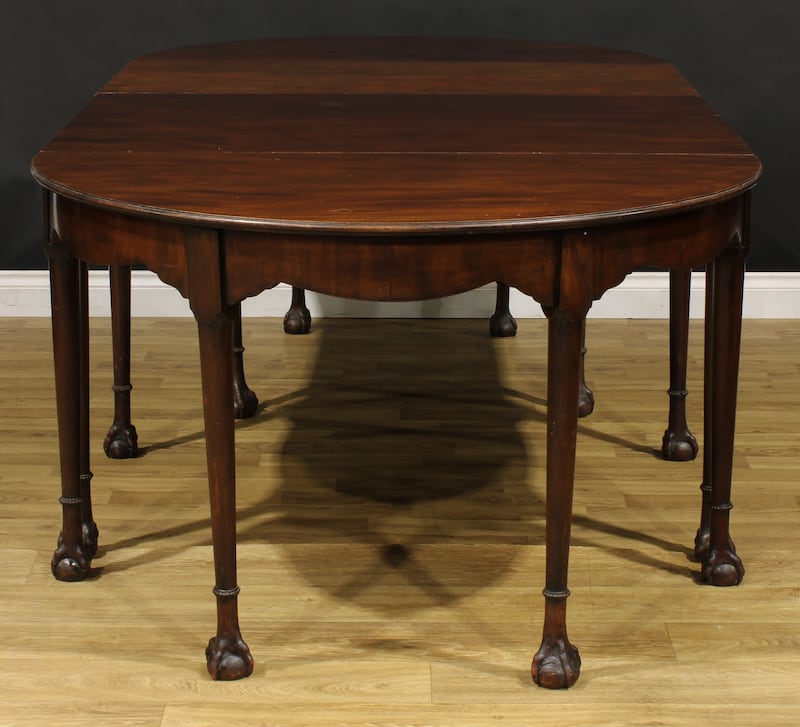
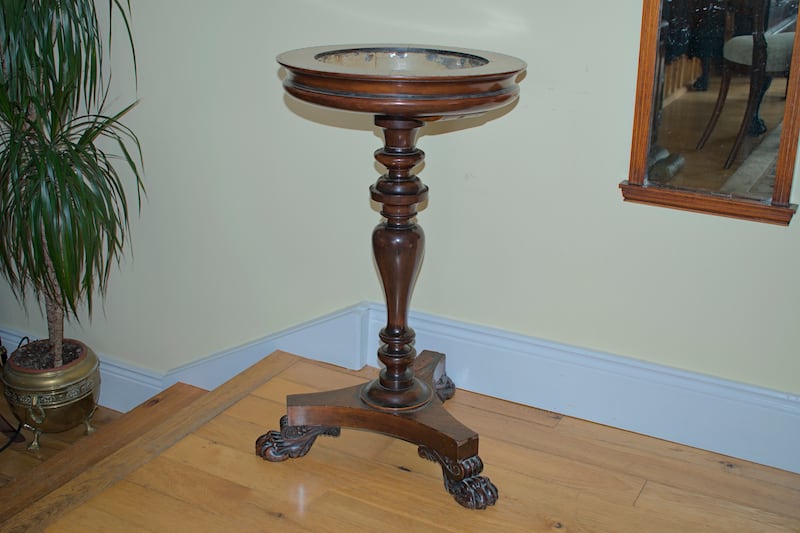
O’Donnell recalls how, around 20 years ago, a three-part dining table would have cost more than €20,000. At his bespoke auction of rare 18th-century pieces of furniture collected over the last 40 years, O’Donnell will now sell that table for €3,750. Another item for sale in his curated online auction on Saturday September 14th (sign up by email to robinodon@gmail.com) is a Georgian crocus table, designed to hold a tray of spring crocuses. This piece – made from Cuban mahogany – will be on sale for €950.
Meanwhile, the auction of house contents at 25 Wellington Road, one of Dublin’s finest Georgian terraces, on Tuesday August 27th, will no doubt attract many bargain-hunting interior designers, homeowners and collectors, seeking out what are sometimes described as “the sleeper lots”.
Rory Guthrie from DeVeres explains that the owners are planning to do a big refurbishment of the house, and are selling off the existing contents. “House content auctions used to be the mainstay of the auction business, but there are fewer of them now, as people often disperse items to family members,” he says. Interested buyers can view the items for sale (which also includes a large collection of Irish art) at the house on Saturday, Sunday and Monday, August 24th-26th, from 10am-5pm.
And finally, Adam’s At Home interiors online auction will begin to close from 11am on Wednesday August 28th. The lots include a pair of George III shield back hall chairs (€500-€800), and a George III chest of drawers (€1,000-€1,500).
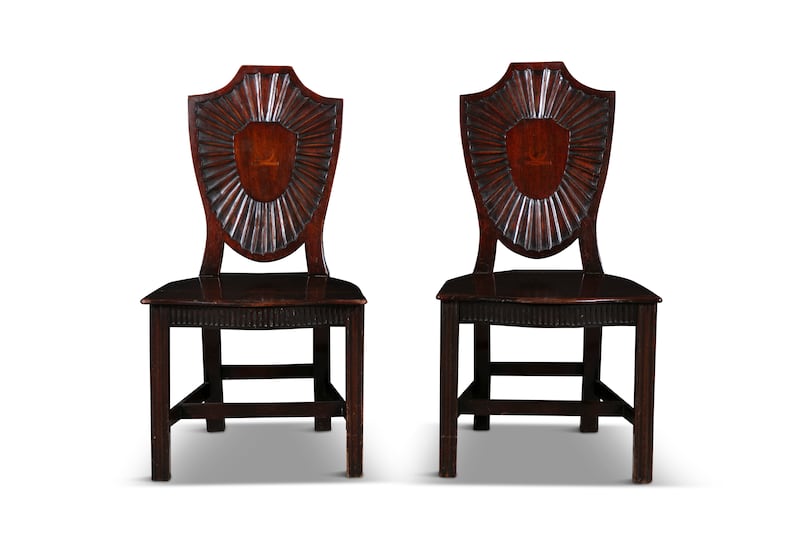
Amy McNamara from Adam’s says that antiques can live very happily beside modern art and furnishings. “More and more designers are choosing to source pieces from across many different periods, creating symbiotic and harmonious relationships between the old and the new,” she says.
Deveres.ie; antiquesandartireland.com; sheppards.ie straffanantiques.com; adams.ie
What did it sell for?
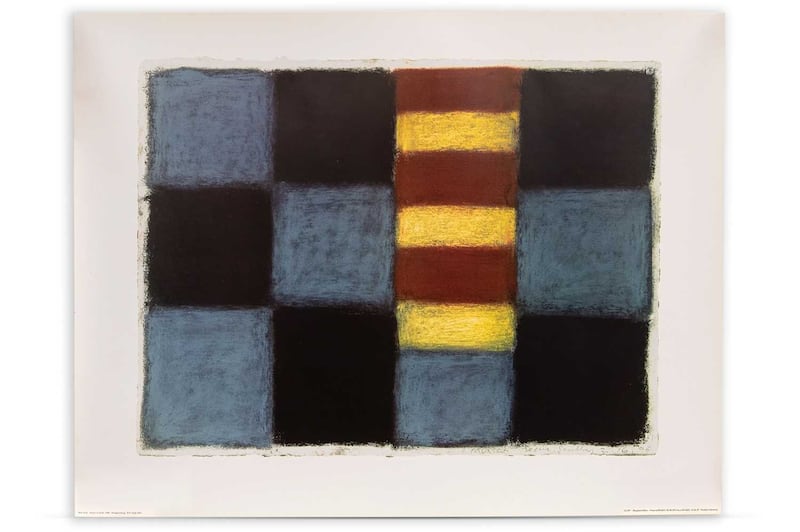
Sean Scully print, Munich 2.16.96
Estimate: €800-€1,200
Hammer price: Unsold
Auction house: O’Reilly’s
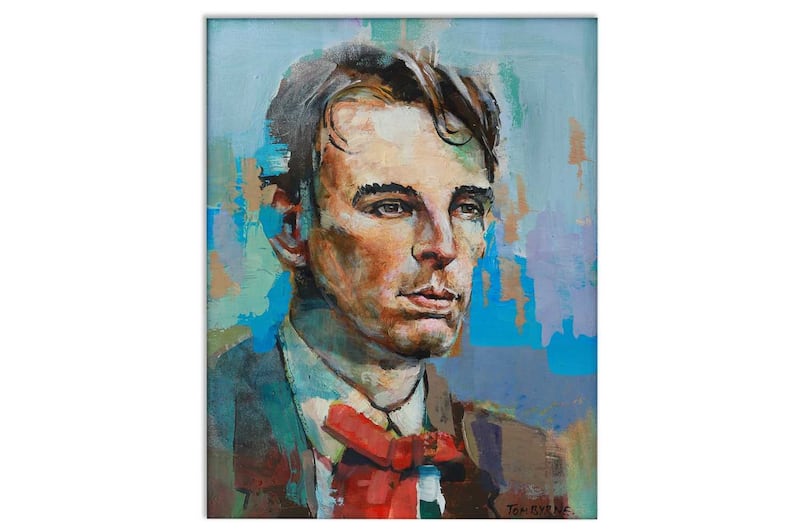
Tom Byrne, study towards Portrait of WB Yeats
Estimate: €400-€600
Hammer price: €600
Auction house: O’Reilly’s
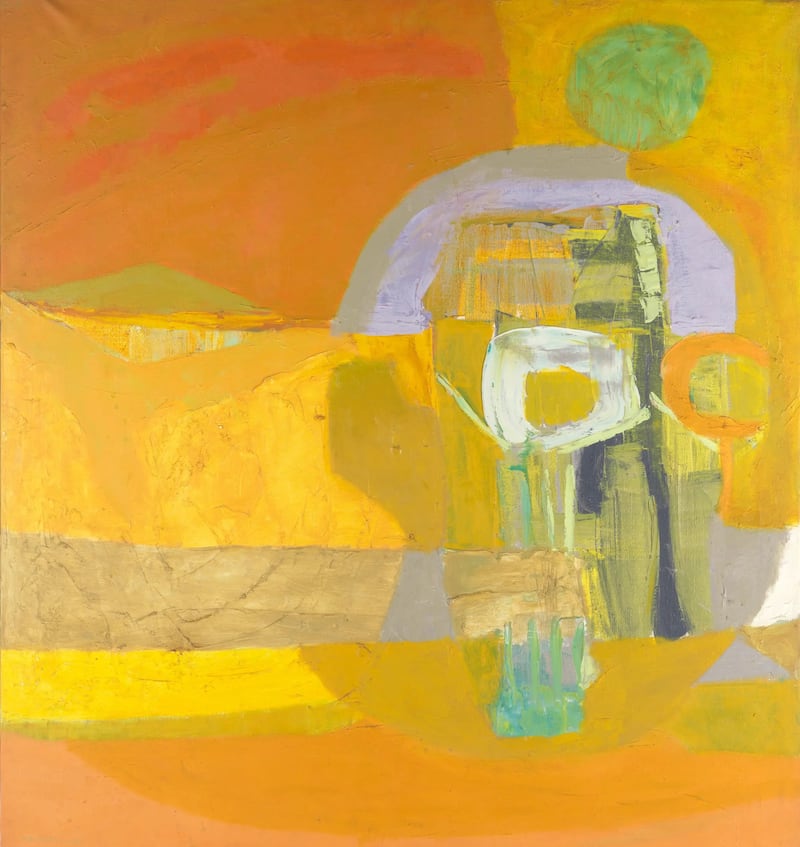
Pádraig Macmiadhacháin, Temisas
Estimate: £800-£1,200
Hammer price: £2,304 (€2,700)
Auction house: Bonhams
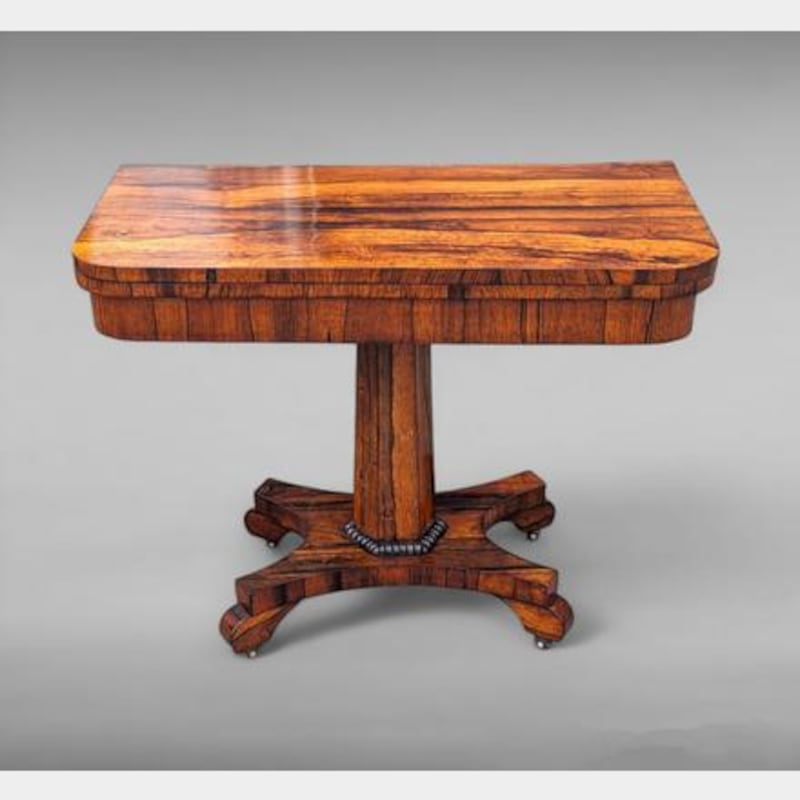
Regency rosewood card table
Estimate: €600-€800
Hammer price: €450
Auction house: Hegarty
- Sign up for push alerts and have the best news, analysis and comment delivered directly to your phone
- Join The Irish Times on WhatsApp and stay up to date
- Listen to our Inside Politics podcast for the best political chat and analysis
















